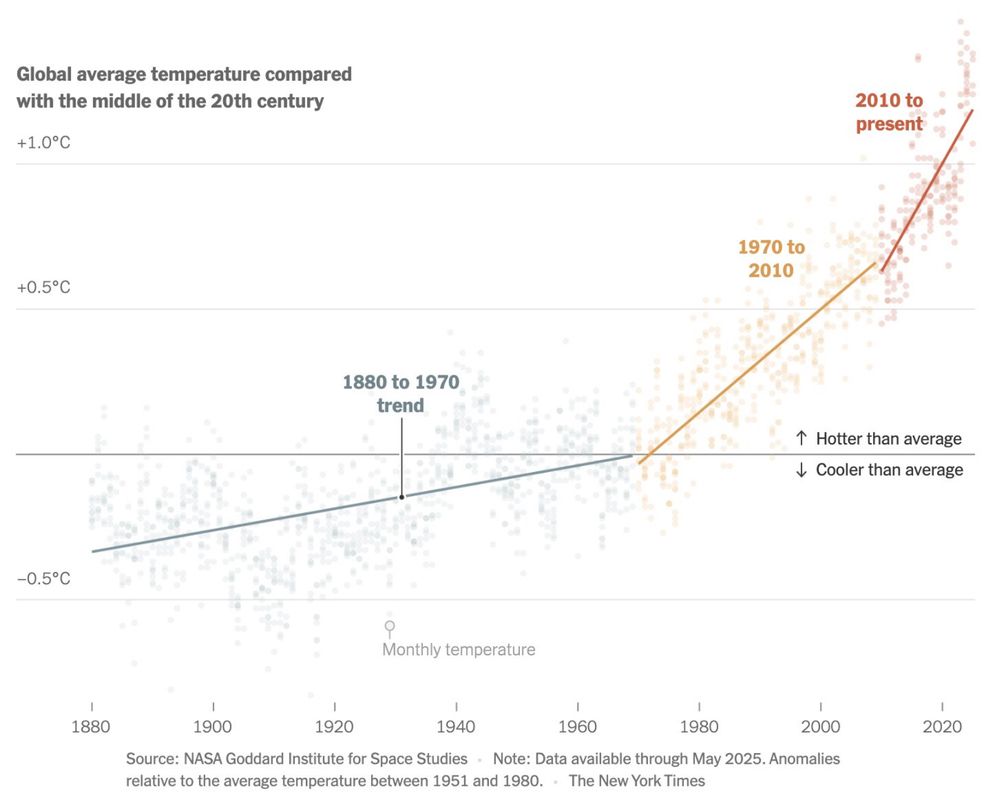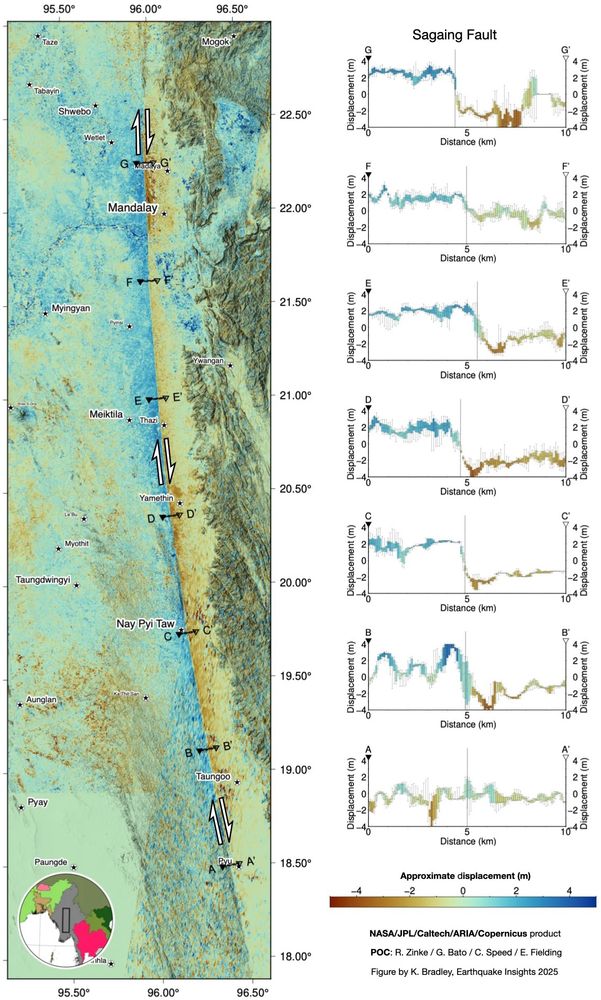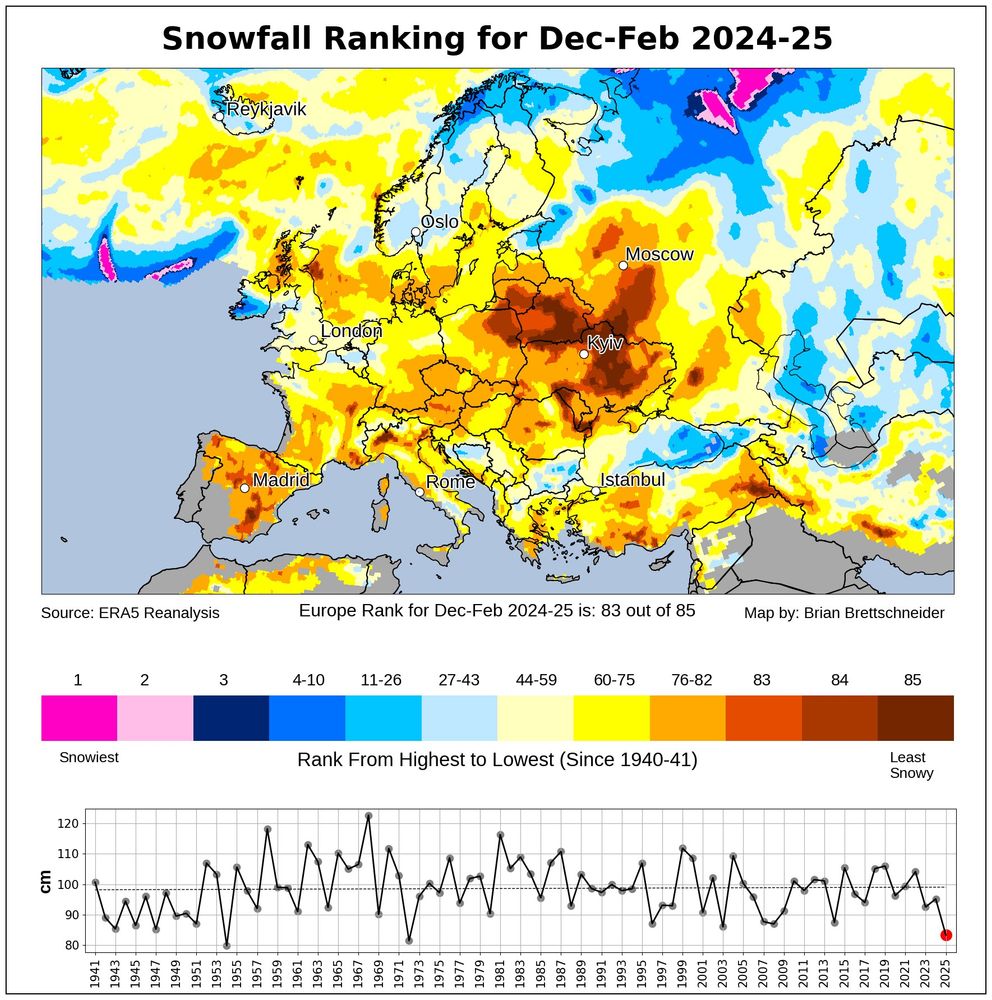Adrian Luckman
@adrianluckman.bsky.social
230 followers
55 following
18 posts
Polar scientist studying ice dynamics using satellite data. I create and share animations of icy activity from satellite images
Posts
Media
Videos
Starter Packs
Reposted by Adrian Luckman
Reposted by Adrian Luckman
Reposted by Adrian Luckman
Reposted by Adrian Luckman
Reposted by Adrian Luckman
Reposted by Adrian Luckman
Reposted by Adrian Luckman
Cai Ladd
@cailadd.bsky.social
· Jun 11

Biosciences (Restoration Ecology): Fully Funded PhD Studentship in Restoring Intertidal Systems using Electronics (RS851) - Swansea UniversityMenu
We offer a wide range of funded and fully funded research scholarships in all subject areas. Explore your options and apply now.
www.swansea.ac.uk
Reposted by Adrian Luckman
Reposted by Adrian Luckman
Reposted by Adrian Luckman
Reposted by Adrian Luckman
Reposted by Adrian Luckman
Reposted by Adrian Luckman
Reposted by Adrian Luckman
Reposted by Adrian Luckman












